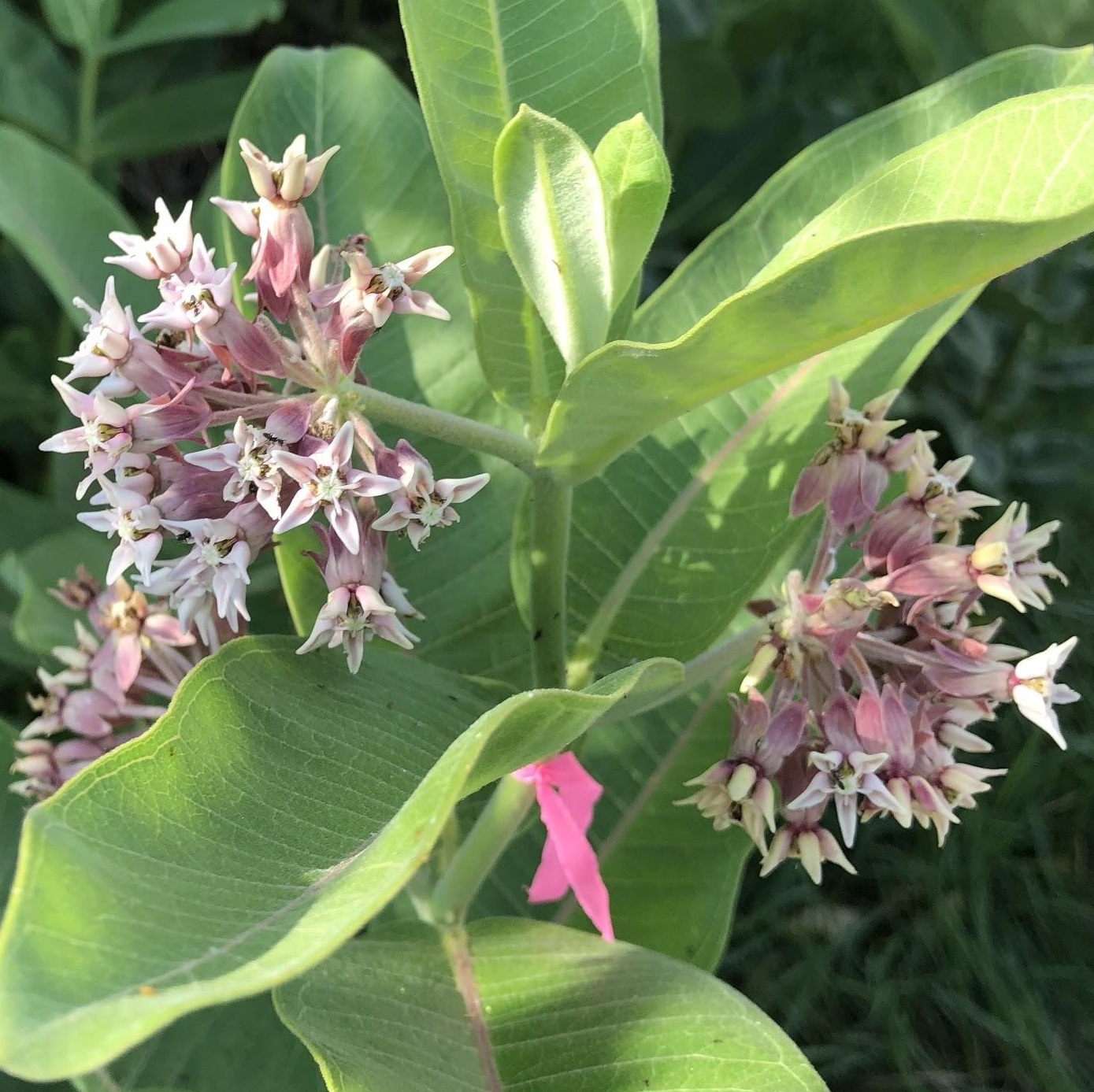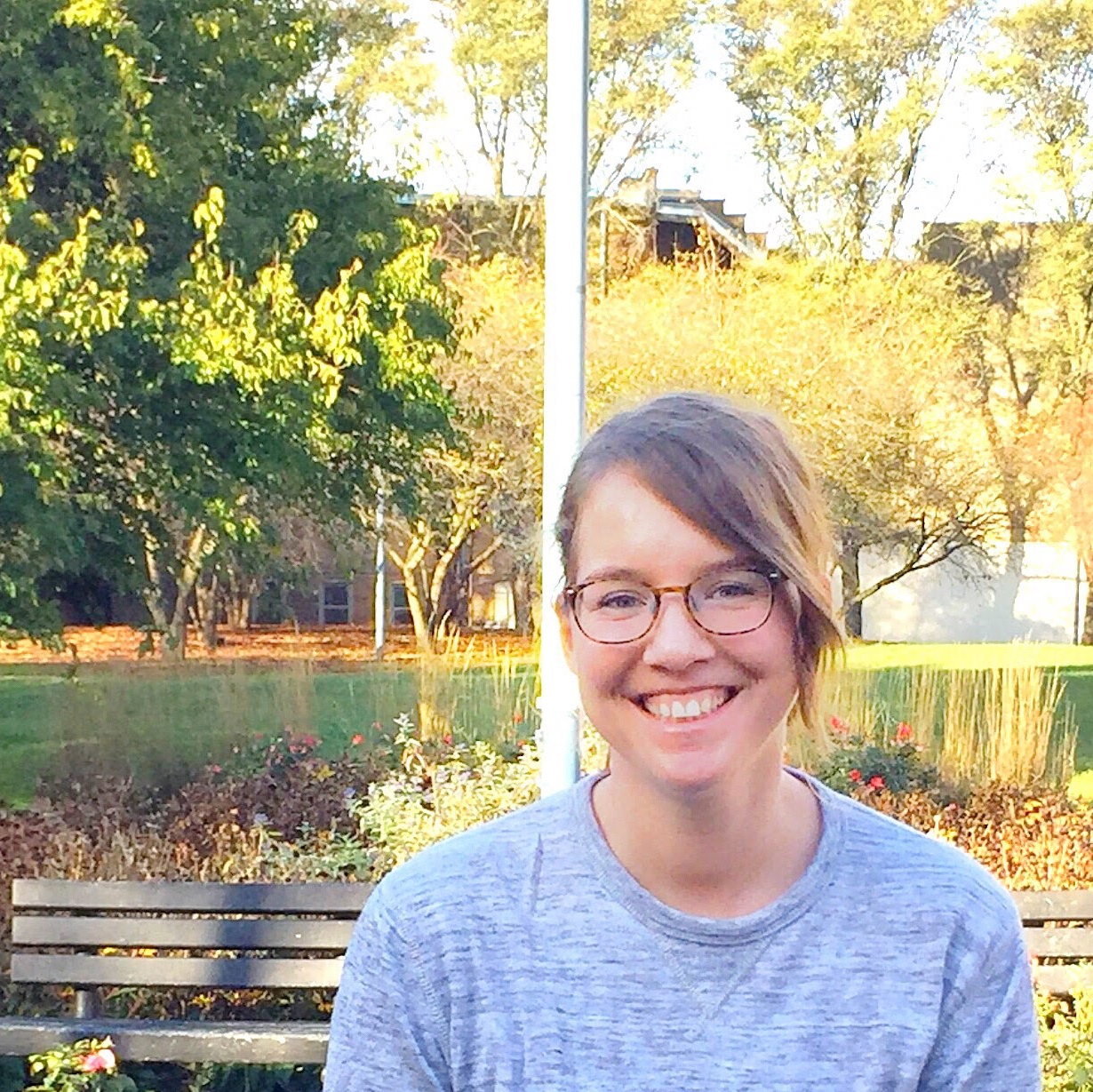Milkweed Hybridization
Lesson Overview

Students will explore the life cycle of the Monarch butterfly in terms of conservation efforts. These conservation efforts will focus on the preservation and restoration of milkweed plants; prairie plants that are endemic over the majority of the continental United States. Monarch butterflies, important pollinators, are decreasing in number at an alarming rate. This is due, in part, to the loss of habitat for numerous species of milkweed plants. Milkweed plants, as well as acting as a nursery and food source for monarch larvae, have several homeopathic uses for Native Americans. Through a video chat with a scientist from Augustana University, whose research focuses on the Milkweed plant and its hybridization along a tension zone, students will be introduced to the ongoing research being conducted on Milkweed plants (and Monarch butterflies by proxy). Using the attached Interview with a Scientist rubric, students will compose response questions for Dr. Olson-Manning regarding questions that arose during the video chat. Students will research the monarch life cycle and migration in order to begin brainstorming reasons why the Monarch population is shrinking. Students will transpose this knowledge with their newfound knowledge of milkweed plants and hypothesize ways to promote the conservation of native Milkweeds and Monarchs alike.
About the Scientist

Carrie Olson-Manning
Institution: Augustana UniversityHi! My name is Carrie and I'm an assistant professor at Augustana University where I teach courses in genetics, computer science, and evolution. I grew up on a farm in Minnesota and graduated with 47 people in my high school class. I decided I wanted to get out of my small town and try something very different so went to college at the University of Minnesota in Minneapolis/St. Paul. At the U of MN, I took all of the science courses I could fit in my schedule and started doing research. Actually, I did research in five different labs over those four years where I learned about corn and fungus, insects and their host plants, and how cancer cells are different than normal cells. Finally, I found Dr. Tony Dean's lab where I studied how single mutations to DNA could changed the ability of bacteria to survive and reproduce. I also spent some of my time learning how to teach and how people learn. I decided to combine my love of science and being in the lab with my interest in trying help people learn and went to get a PhD at Duke University in North Carolina. There I studied how plants evolved new chemical weapons against the insects that try to eat them, started to learn how to write computer programs, and taught my first course. After a postdoc at the University of Chicago studying how molecular machines (proteins) evolve, I started my own lab at Augustana University in Sioux Falls. My research uses laboratory and field experiments along with computational studies to understand how plants (specifically, in milkweeds native to South Dakota) defend themselves against predators. I am also surrounded by other amazing researchers and teachers and get to figure out how best to teach students how to learn science, no matter what they want to do after college.
 National Science Foundation RII Track-1 Project:Expanding Research, Education and Innovation in South Dakota
National Science Foundation RII Track-1 Project:Expanding Research, Education and Innovation in South Dakota